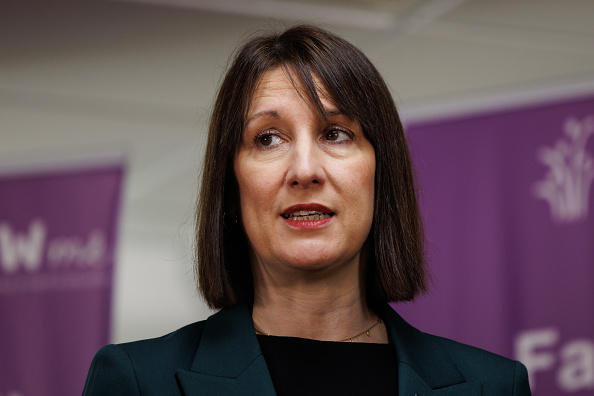The Bank of Scotland, Lloyds and Santander have all reported increases in the use of EFG to support businesses seeking credit, with Q4 lending for 2012/13 at £91.7 million – the highest level since September 2011.
The upturn comes after the government wrote to the banks and publicly named those failing to make full use of the scheme to get finance out to firms.
The EFG is a major government scheme which aims to increase access to finance for viable SMEs. To date, it has resulted in over £2 billion being lent to over 20,000 SMEs.
Use of the guarantee scheme peaked when it was first launched in 2009, but the Department for Business, Innovation and Skills (BIS) took action following disappointing lending figures in 2012.
Alongside changes to make the scheme more accessible and easier to use, business minister Michael Fallon challenged the chief executives of the five main high street banks to make better use of EFG.
Fallon says, ‘This is an important step towards increasing the finance small firms can access. Some banks are working harder, and they should be recognised for that.
‘It’s important this isn’t a one-off. Banks must continue to improve their use of EFG. Access to finance is a crucial issue to SMEs and economic growth will depend on businesses having the certainty that banks are lending. This increase needs to be maintained to improve business confidence and demonstrate that responsible lending can still take place.’
Enterprise Finance Guarantee lending complements commercial bank lending rather than competing against it, but ensures those SMEs at the margin that would be turned down for a bank loan due to lack of security or sufficient track record are able to secure finance.
It promotes lending by providing a 75 per cent government guarantee on a banks’ lending, allowing them to provide loans to SMEs that would otherwise have been turned down.





